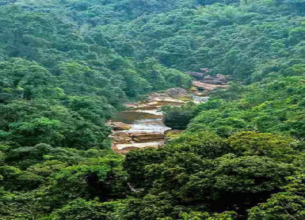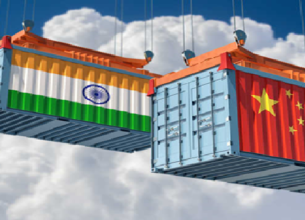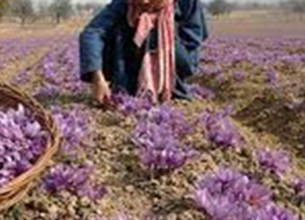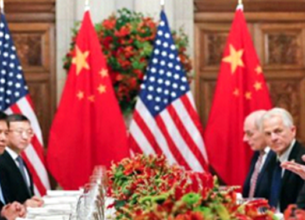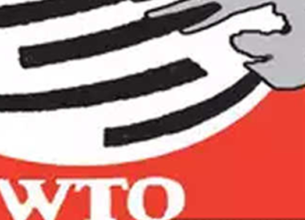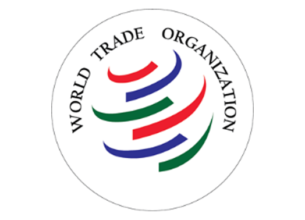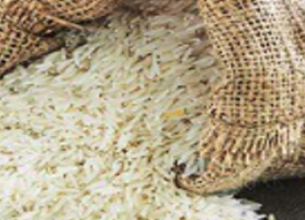IS INDIA STILL A DEVELOPING COUNTRY?
31, Oct 2019
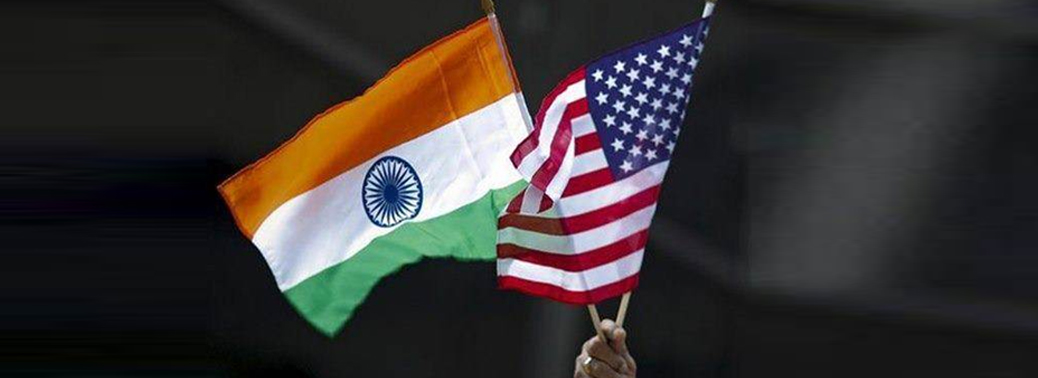
Prelims level : International Relations
Mains level : GS-II Global groupings involving India’s Interest
Why in News?
- There is a tussle going on between US and India regarding the developmental status on the light of WTO.
Developing Country Status:
- Under the WTO system, generally, countries are designated as developed, developing, and least developed countries (LDCs).
- Article IX.2 of the WTO Agreement provides that the LDC status of a country in the WTO is based on such status being recognised by the UN. But the agreement does not mention any criterion to determine a ‘developing country’ status.
- Article XVIII of the General Agreement on Tariffs and Trade (GATT) recognises that attaining the objectives of this agreement would require facilitating the progressive development of those countries that can only support low levels of development and are at the early stages of development.
- Accordingly, countries self-designate themselves as ‘developing country’ to take advantage of provisions like Article XVIII of GATT and other special and differential treatment (S&DT) provisions in the WTO agreements.
- These provisions are aimed at increasing trade opportunities for developing countries, ensuring longer transitional periods to comply with WTO obligations, and affording technical assistance to countries, among other things.
Arguments given by US:
- The US presented data such as the fact that India’s GDP has grown from $0.60 trillion in 1995 to $2.63 trillion in 2017.
- It also proposed that any country that meets one of the following criteria shall not be eligible for S&DT benefits:
1. Membership of, or seeking accession to OECD;
2. Membership of G20;
3. Share in world exports exceeding 0.5% or classified as high-income group by the World Bank.
- India is a member of the G20 and its share in world exports is around 1.7% as of early 2019. So, as per these criteria, India will not qualify as a developing country.
Counter arguments given by India:
- In a paper submitted to the WTO, it gave several numbers to show that it is still a poor country and thus requires S&DT provisions.
- For example, the paper showed that India’s GDP per capita is very low;
- India has 364 million people living in multidimensional poverty;
- The domestic subsidies provided to per farmer is a meagre $227; and
- India has a very low research and development capacity.
U.S. Threat:
- Unimpressed by the statistics, the U.S. recently declared that if substantial progress were not made in the WTO in reforming the determination of ‘developing country’ status, it would unilaterally stop treating certain countries as ‘developing country’ in three months.
- Thus, the U.S. would stop giving trade benefits to such countries.
- Any unilateral action by the U.S. would be a violation of international law and yet it would another onslaught on trade multilateralism.
- However a few days back, South Korea due to this pressure, it is given up its ‘developing country’ status.



